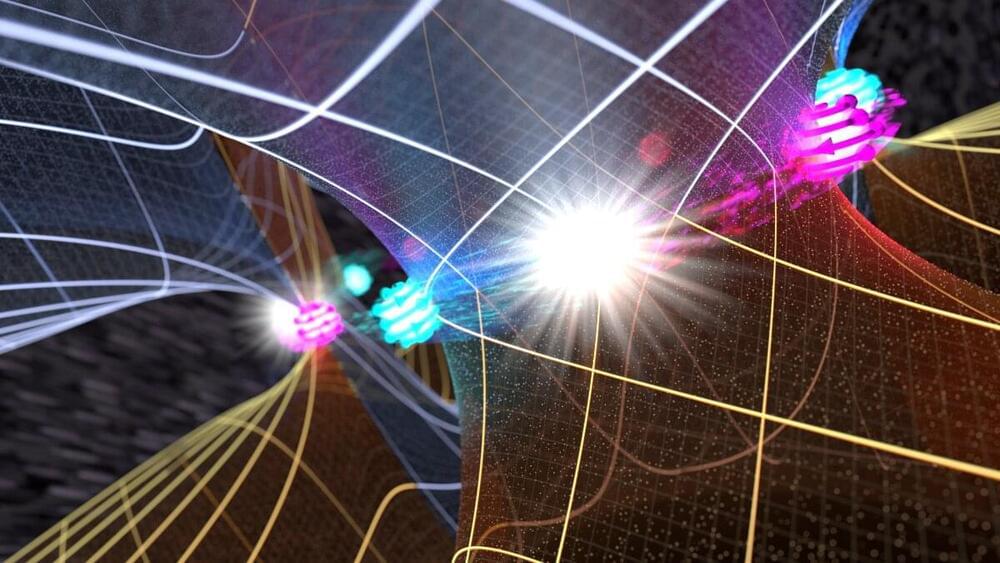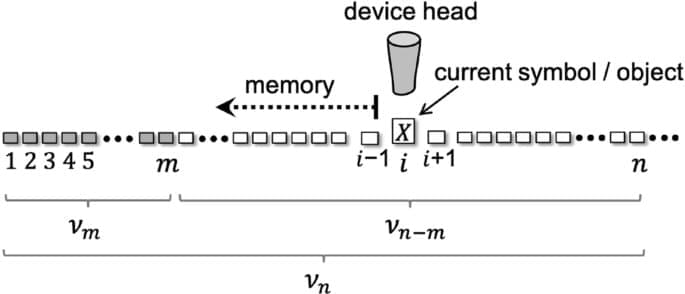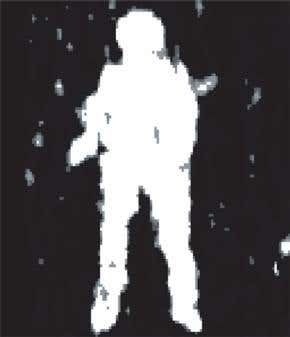A team of researchers from the University of Warsaw in Poland, the Institute Pascal CNRS in France, the Military University of Technology in Poland and the British University of Southampton has shown that it is possible to control the so-called exceptional points. For the first time, physicists also observed the annihilation of exceptional points from different degeneracy points. You can read about the discovery that may contribute to the creation of modern optical devices in the latest Nature Communications.
The universe around us is made of elementary particles, most of which have their antiparticles. When a particle and an antiparticle, that is, matter and antimatter, meet each other, annihilation occurs. Physicists have long been able to produce quasiparticles and quasiantiparticles—elementary excitations: charge, vibration, energy—trapped in matter, most often in crystals or liquids.
“The world of quasiparticles can be very complicated, although paradoxically, the quasiparticles themselves help simplify the description of quantum phenomena,” explains Jacek Szczytko from the Faculty of Physics at the University of Warsaw.








